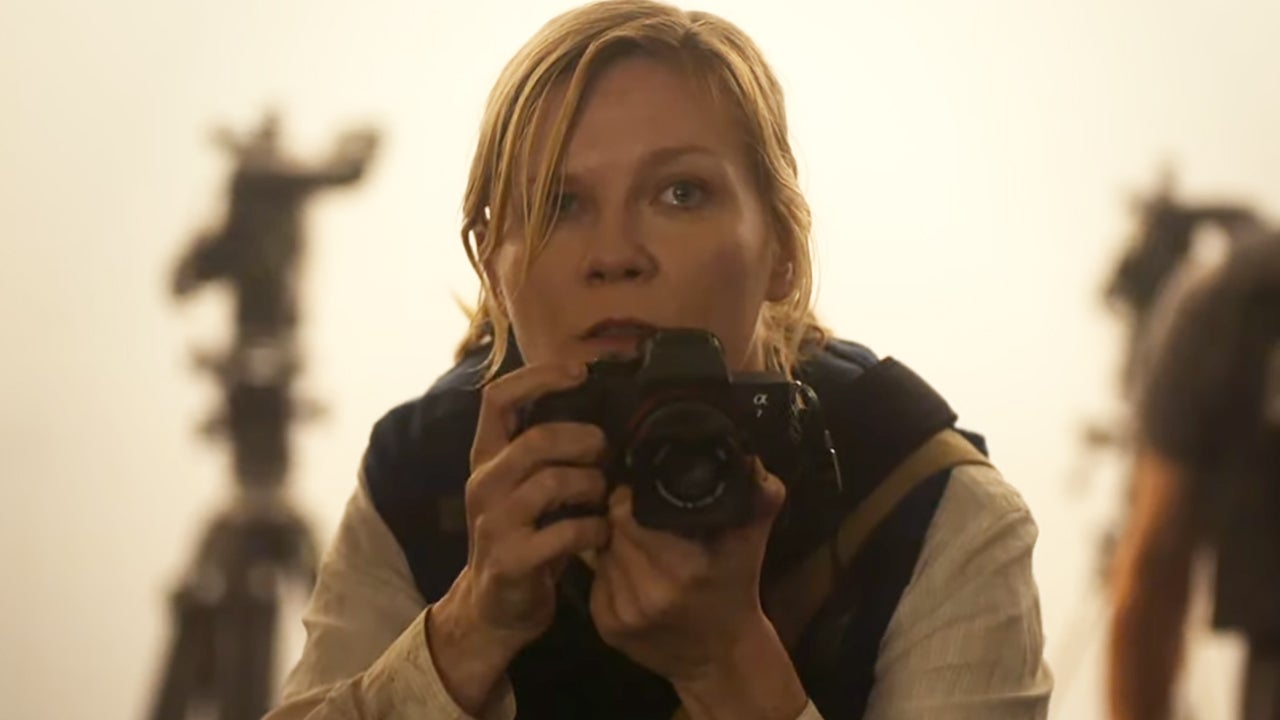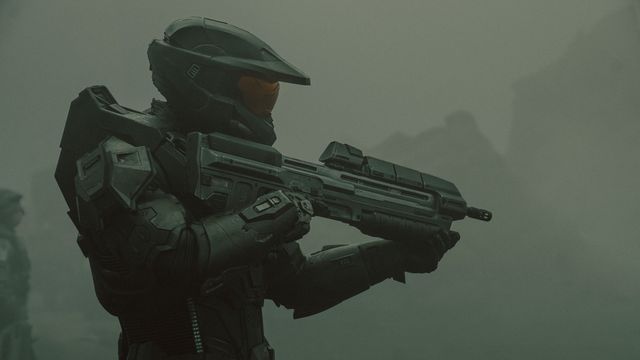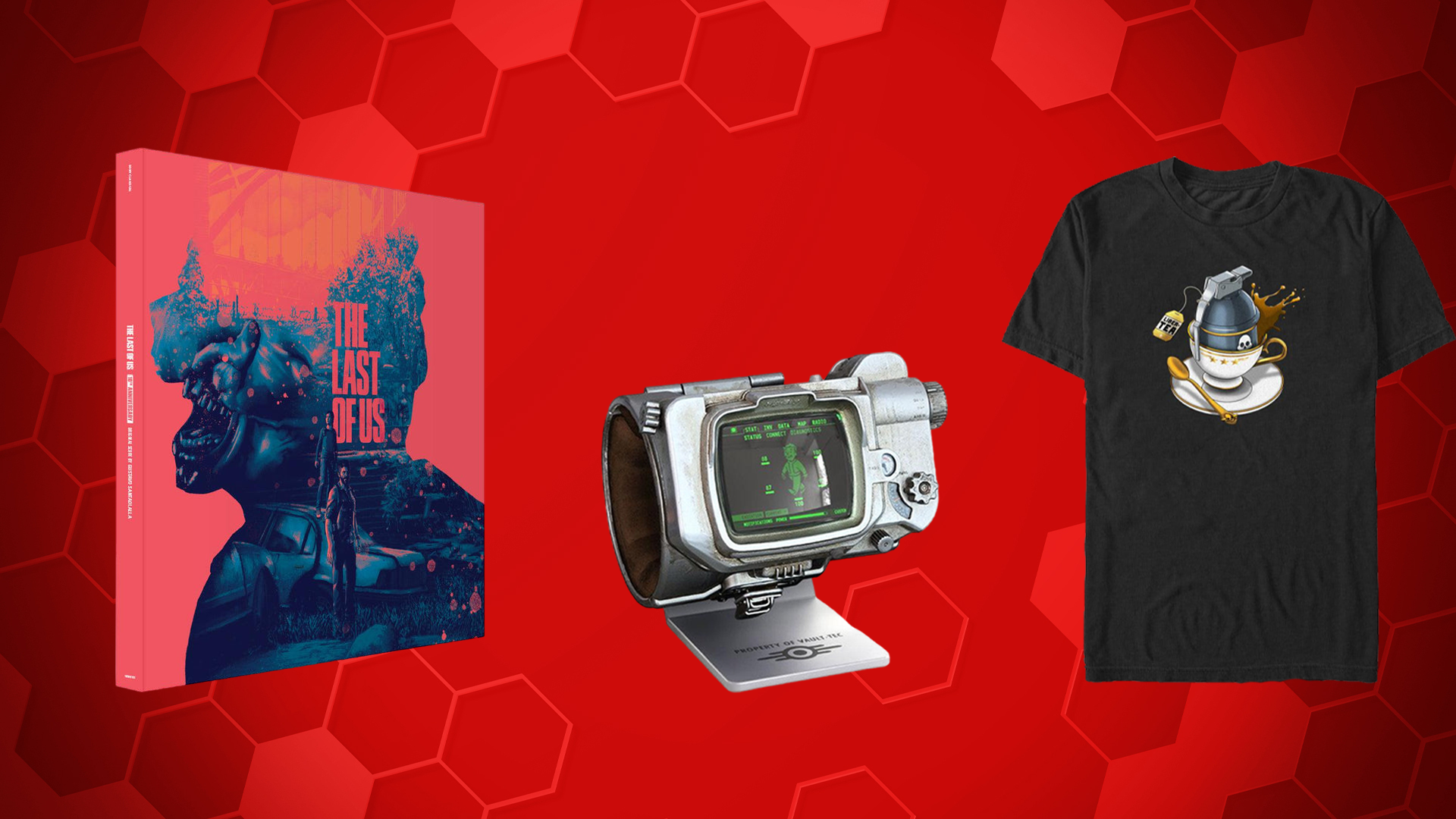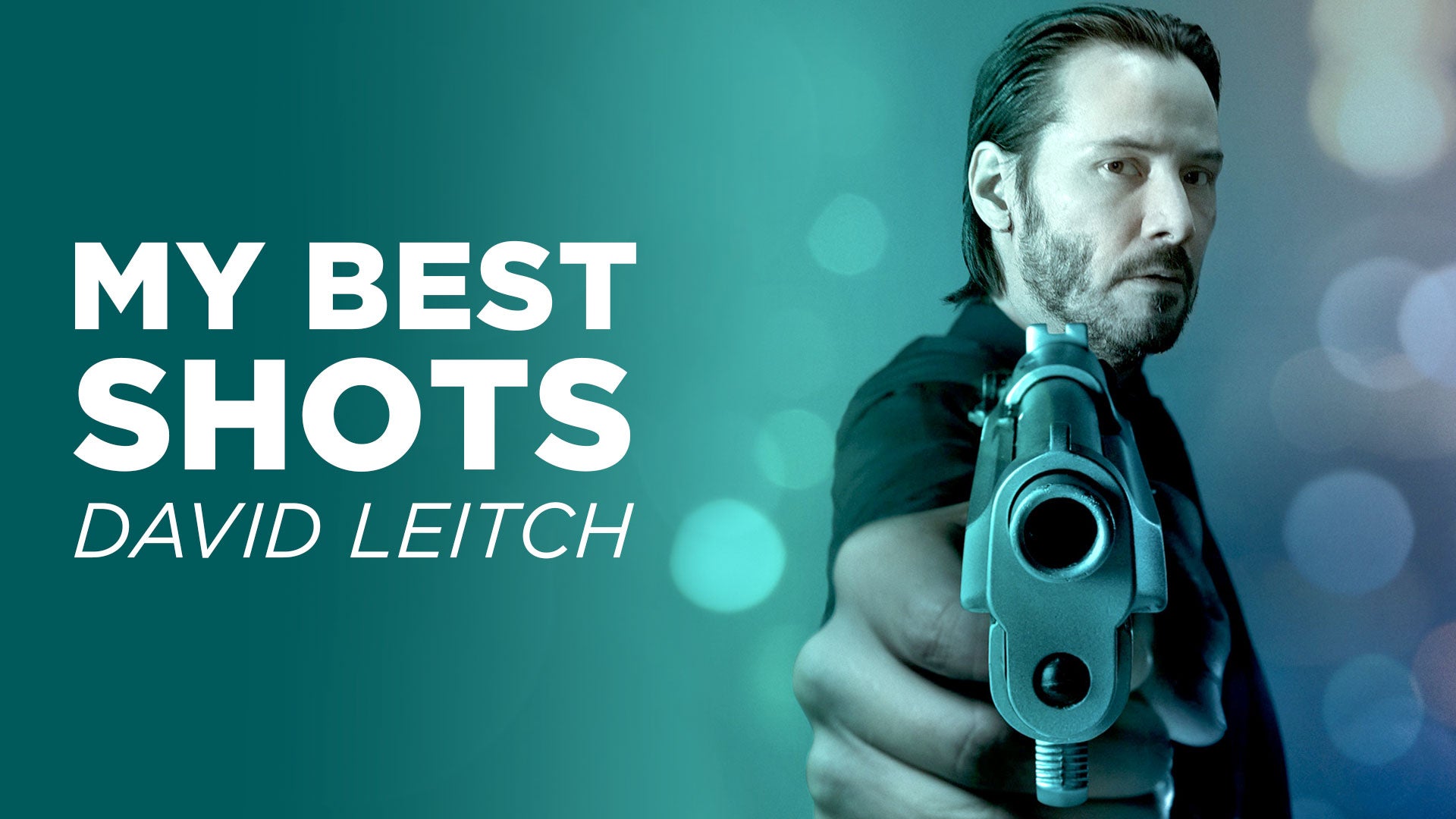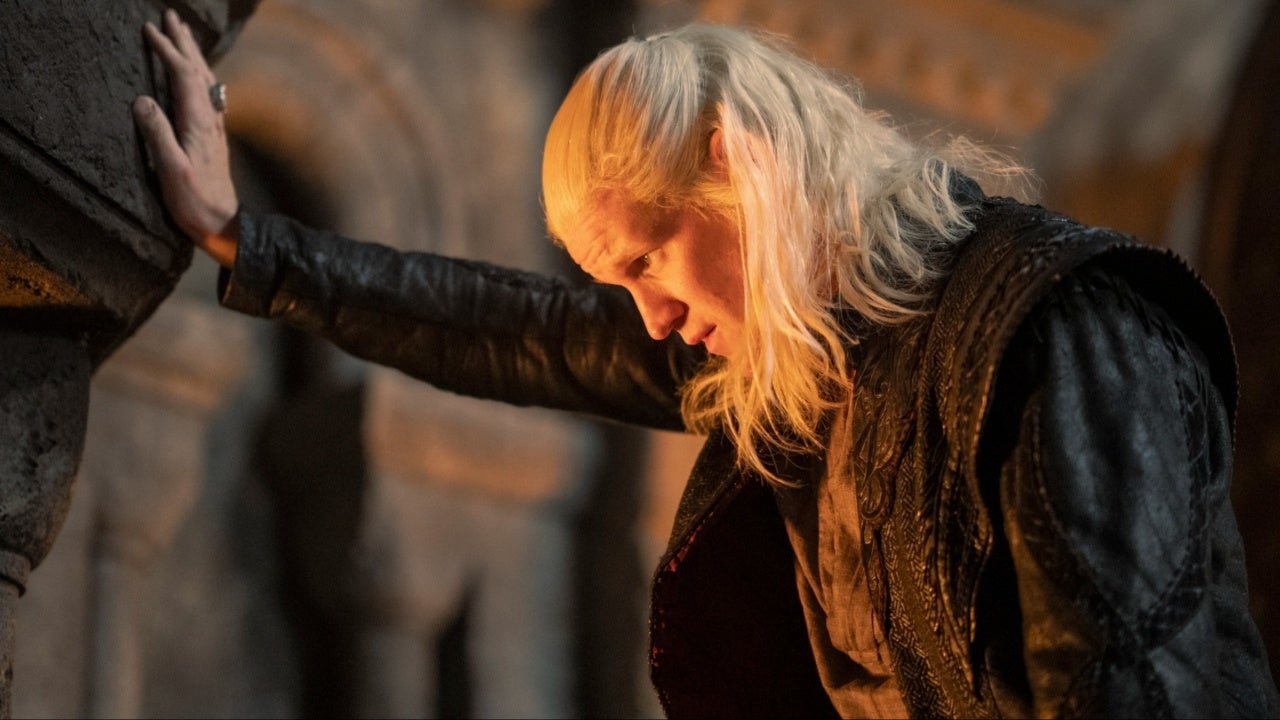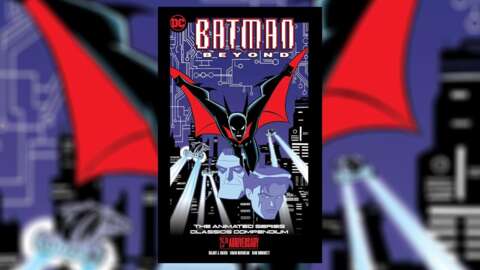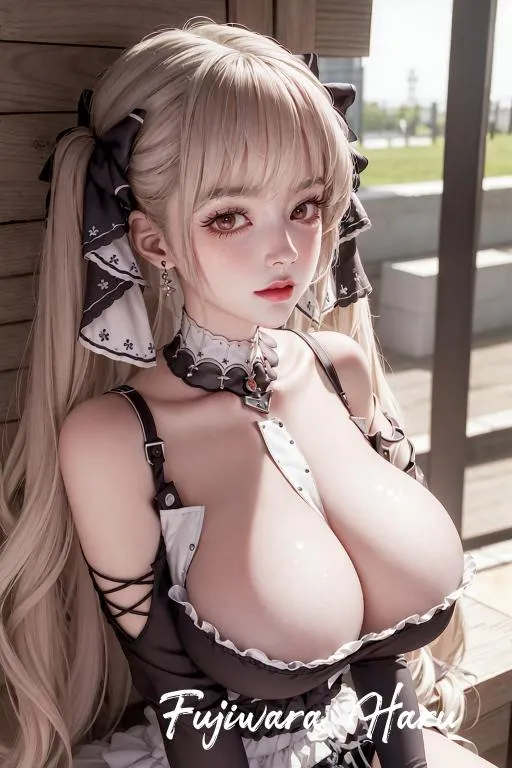Warning: Full spoilers follow for Civil War.
Writer-director Alex Garland’s Civil War is a movie that is a great deal more skeptical of itself and its characters than it has gotten credit for. Ever since it premiered back at this year’s SXSW festival to what were largely rave reviews, much of the praise has been about how it captures how journalism is an important profession carried out by people who are then torn apart by the heavy cost it carries.
All of this is true, especially in the case of war journalism, but it’s only a fraction of the overall picture in a film that is itself about whether something is lost in the process of capturing images. It’s about how consuming and critical this dangerous work can be – and a complicated examination of the impact of images themselves. When it builds to a final confrontation, Civil War is just as much about the shattering of faith in one’s profession as it is in one’s country.
The film accompanies journalists Lee (Kirsten Dunst), Jessie (Cailee Spaeny), Joel (Wagner Moura), and Sammy (Stephen McKinley Henderson) while they travel from New York City to Washington, D.C. with the end goal of interviewing the authoritarian president (Nick Offerman), who is about to be forcibly ousted in the last gasps of a conflict that is raging across the country. There are violent encounters that play out along the way, but it’s in the small moments that the characters grapple with existential questions about why they’re doing this. Notably, these are not just about the conflict in front of them. Rather, it’s about the fundamental underpinnings of the profession most of them have given their lives to. What role do they now play in a world that is constantly on fire?
Dunst’s Lee serves as the emotional grounding point for Garland’s ideas about the power that images can have, and our inability to control those images. In the moment we first see her wielding her camera, it is her setting her sights on a television she’s watching alone as Offerman’s president is giving a speech that’s full of bluster and empty threats. The resulting photo, an abstraction of an abstraction that already feels like a hint at the potential shortcomings of the act of photography, is something she almost seems to do out of habit even when it doesn’t make any sense.
This is the world she knows and her camera is how she views it as much as it’s a tool to capture it. Of course, the act of capturing also involves a narrowing. There will always be something left out of frame. At one point, Lee rescues Jessie from an explosion and then gets right to shooting photos of the aftermath. But to what end? Is there something lost in the process of doing so? What will the impact be of these photos that she is shooting? There is a cold courageousness to the act, making it understandable when Jessie says Lee is her hero, though this is all soon decisively undercut.
In one almost confessional conversation the veteran photojournalist has with her colleague Sammy, she admits she had hoped the work she had previously done in war zones around the world would have made a difference and helped avert such a conflict from breaking out in the U.S. Such a statement is premised upon the force that has driven journalism for decades: that shining a light on violence and suffering would help to drive the conversation to prevent it from happening again. Often, journalists have helped punch holes through the sanitized images put forth by governments who don’t want the full scope of a bloody conflict to get out to the public. However, in Lee’s voice, we hear doubt creeping in about this. It’s not that people don’t see what’s happening, but that it doesn’t carry the impact she hopes it does.
We experience a microcosm of this when the group drives through a surreal town that seems almost normal (save for the armed men looking down from the rooftops) where a conversation is had with a detached clerk at a clothing store. When asked if the townsfolk are aware of what’s going on in the rest of the country, the response given is less one of ignorance as much as it is the equivalent of a shrug. She knows, but she doesn’t seem to care even when it's right at her doorstep. While Lee and her colleagues risk everything to show what’s happening, we see in this moment how the photos that they capture are not powerful in the way they may think they are.
The world is full of the unimaginable and Garland, much like his characters as well as any filmmaker, is trying to make some sort of meaning of this by training his camera on what then becomes an inevitable abstraction of reality. In the conversation he took part in at SXSW, the director talked about how he wanted to be cautious about how he framed the violence in Civil War. Drawing an explicit comparison between his filmmaking and journalism, especially in terms of how much violence they should show, he said he was trying to make an anti-war movie that could not accidentally become something pro-conflict by being glamorous.
You can feel Garland giving his all to this just as the characters do with the resources they have. He makes the sound of gunfire overwhelming and the deaths devastating, though that doesn’t mean there weren’t moments where the crowd cheered in excitement during the film’s premiere. It’s an uneasy relationship to have with an audience, as both filmmaker and journalist can fall into being exploitative in a way that potentially creates this response, even if that was never the intention. No matter how careful Garland is in how he frames his scenes, just like the photographers, it’s almost out of his hands once released into the world.
The film is an extension of this as Garland questions and reflects on whether images themselves are received the way their creators intended. Do the images of death invite empathy? Create a sense of horror? Or, even more darkly, do they strip people of their humanity? Has photojournalism and, in its own way, filmmaking, fallen prey to the modern way we consume images? When Garland cuts to the still images of violence that Lee and Jessie are capturing, what is it that we are meant to feel?
Part of me wants to say it’s meant to elicit a sense of sadness about how these people are now frozen in death, though that again feels driven by what the intention of the photographer is. The way it’s received is another beast entirely. Without actually being there, are these photos sufficient to express the horrors of war and conflict? Lee certainly began working this job hoping so. But that is not only a much more complicated question now that she has seen it not come to pass; there is also the potential that all the photos she’s taken in her entire career may not be worth the cost.
After Sammy is killed rescuing the group from some soldiers they find who have seemingly carried out a mass killing, Lee takes a photo of his corpse. Whether she would do something like this had come up earlier, but the fact that she then deletes it marks a key turning point. After a career dedicated to always getting the shot no matter what, here she throws it away. She does so seemingly out of respect for Sammy, which leaves lingering a whole lot of other thorny questions about why this reverence was reserved only for someone she knew as opposed to the countless others she didn’t. Garland makes no judgment here, but it is something that haunts the margins of the film where these other nameless victims of war reside. Perhaps Lee deletes the photo of Sammy because the accumulation of all these gruesome moments finally shocked her out of her psyche-protecting detachment, and only now does she realize it may not be something she wants to do any longer.
This is all brought painfully home in the climax of the movie – which leans into spectacle as we follow a group of soldiers battling their way up to the White House – where we see that Lee is no longer going about her job as she usually does. While Garland is by no means doing the same thing that these journalists do, as they navigate an actual war zone and he just creates a fictional simulation of one, it feels like a culmination of a career of apocalyptic filmmaking that is now reckoning with the images he himself makes.
Destruction has always been looming in Garland’s films, whether he served as screenwriter, director, or both. In 28 Days Later, it was a virus that brought Britain to the brink. In Sunshine, it was a dying sun. Ex Machina pondered the imminent takeover of AI. And so on.
Even in the worst moments of all his prior films, characters discovered that there was something worth holding onto. Shared humanity, love for each other, the potential for growth, something. In Civil War, that is absent. Instead, we see a photojournalist realizing her life and career may have been built upon a lie. She believed that confronting the darkest parts of the world would be the equivalent of shining a light, bringing into focus what we must avoid and pushing us in a better direction. She has now realized that not only has this not come to pass, but she is barely able to pick up her camera.
While the explosion of violence that occurs is a messy way to end the more measured movie that preceded it, this ultimately settles into something more impactful during the final scenes of the journalists just ducking and shooting amid the gunfire. The way that Lee comes apart in these moments is the inevitable and human result of the cracks that were beginning to form throughout the film. When she, like Sammy before her, sacrifices herself to protect Jessie and is gunned down, it provides a tragically poetic conclusion to her story. After a lifetime spent capturing others’ final moments on her camera, all Lee ever was and could ever be is now reduced to her last moment just as they were. She too is now just another image frozen in time on a camera to then be shared with the world. Life and the movie continue without her, as more photos are made of the last shots of a massive conflict that culminates in the killing of the president.
This is the last shot that Garland closes on, providing a final bleak image to sit with and making the line between the images he and his characters capture become blurred one more time. The last photo Jessie shoots, a historic moment that she has now immortalized with her camera, is apparently the final for the film’s director as well, as Garland recently said Civil War will be the last film he directs. How will people interpret it? Is it framed just right? What is missing? The peril and power of such work is that once you’ve unleashed it into the world, there is no way to know for sure. And yet, we just keep shooting.
